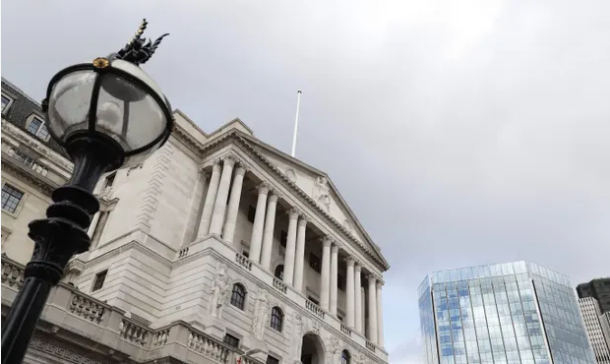
A more dovish-than-expected policy update from the Bank of England last week dented sterling strength. The BoE left the Base Rate unchanged at 0.75%. Two policymakers did vote for an immediate cut. The forward guidance also moved from an upward bias on rates to a balanced outlook. The Bank of England’s Monetary Policy Report still forecasts a pickup in UK economic growth over the next couple of years. This is based upon a stronger international picture and a relatively smooth Brexit. However, there are increased concerns about downside risks due to faltering international growth and entrenched domestic uncertainty.
The general election campaign is underway after parliament was dissolved on Wednesday. Brexit is a key issue. The first few days of campaigning have also seen the Conservatives and Labour promise big increases in government spending. Both parties are suggesting this will be financed from extra borrowing.
This week, September GDP is expected to have fallen by 0.2%. However, third quarter GDP is likely to have rebounded by around 0.4% following the previous 0.2% decline. Underlying growth remains sluggish and we likely have a weak start to the fourth quarter. October retail sales will provide an indication of whether consumer spending will continue to support growth. CPI inflation for October is also likely to fall to 1.5% whilst employment is also likely to slip – adding to the mixed picture for the Bank of England.
GBPEUR – 1.1602
GBPUSD – 1.2796
This week’s most significant Eurozone data for third quarter GDP and October CPI are second readings. They are not expected to be revised. Of more interest is whether German GDP fell in for the second quarter in Q3. With a decline in industrial production in September, it is likely to be close. If German GDP is negative it will technically be in recession.
The more important question for markets is whether German output and indeed that of Eurozone as a whole improves from here. That will partly depend upon whether the global picture improves, which would give a lift to manufacturing. It partly depends on whether service output continues to grow. Last week’s upward revisions to October PMI data were positive signs. This week’s German ZEW survey will provide the first indications for November. Improvements are expected in both the current conditions and expectations readings. However, as it is a survey of financial analysts, it is not always the most reliable of indicators.
EURUSD – 1.1029
EURGBP – 0.8619
Hopes of a near-term trade deal between the US and China have provided a lift to global stock markets. However, there may still be pushback from the White House against the promised tariff cuts. Trade deal optimism and some stronger-than-expected US data suggest the Fed may hold off from further rate reductions. The changes of another rate cut this year are now seen as unlikely.
This week, there will be most interest in CPI inflation and retail sales for October. This is likely to show no change in annual inflation. Sales are expected to rise showing consumer spending continuing to support growth. In contrast, industrial production is expected to have fallen in October for the second month. There are a series of Fed speakers. Wednesday’s testimony to Congress by Fed Chair Powell will attract the most attention. He may not add much to his previous comments that policy is now on hold while the impact of three cuts is assessed.
GBPUSD – 1.2796
EURUSD – 1.1029
Do get in touch if you would like to discuss further.
*Interbank rates correct as at 7 am on the date of publishing.